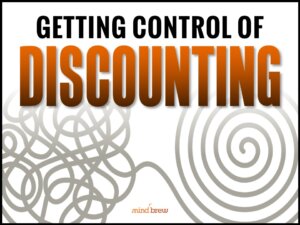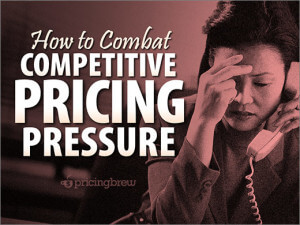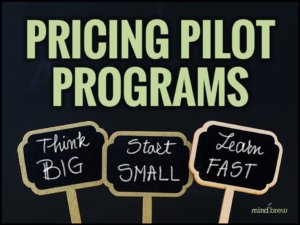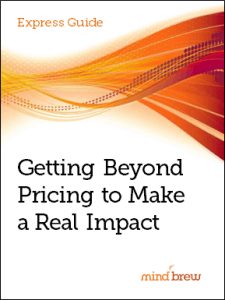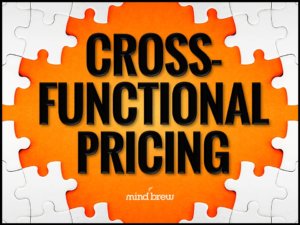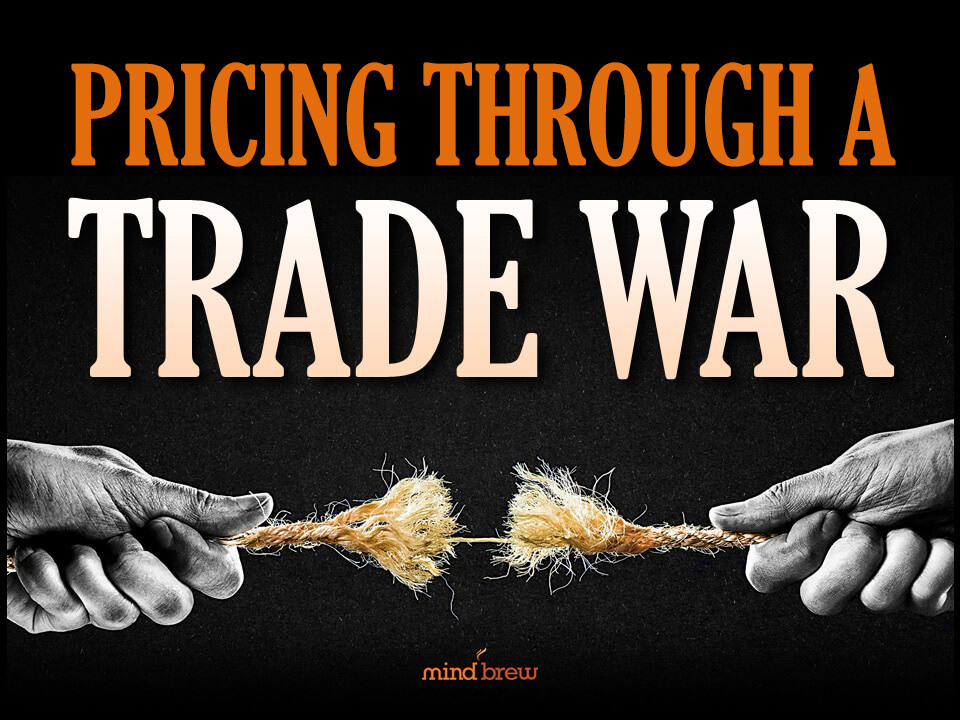Inventor and engineer Charles Kettering once said, “We should all be concerned about the future because we will have to spend the rest of our lives there.”
Unfortunately, we too often see pricing teams make short-term, tactical decisions without considering the months or years to come. B2B companies face a lot of situations that seem urgent: They need to close deals, hit short-term revenue targets, or respond to competitive pressure. And as a result, they implement a quick fixes.
However, pricing decisions don’t live in isolation. A pricing change you implement today can—and probably will—come back to haunt you in the not-to-distant future.
But what if you could look into the future and see which of today’s pricing decisions you’ll wish you could undo?
Pricing’s biggest regrets
Because we talk to a lot of B2B pricing teams, we hear some of the same stories over and over. Here are some of the most common tales of regret:
Using Deep Discounts to Win Business
When you’re facing heavy internal pressure to meet targets, discounts feel like a quick and easy lever to close deals and drive revenue. But the consequences can be dire. Without intending to, you can create a race to the bottom where you and your competitors constantly undercut each other to win on price. This approach undermines your perceived value and causes margin erosion that’s difficult to recover from.
A better approach is to train your sales team on value-based selling rather than discounting. If you have to sweeten a deal, offer non-monetary concessions like extended terms or added services instead of cutting the price. We cover this idea in more detail in Getting Control of Discounting.
Locking in Pricing Without an Adjustment Plan
A lot of sales teams live in dread of having to go back to the customer and re-negotiate pricing. As a result, they are quick to offer customers the option to lock in pricing. They argue that it provides “price consistency” and helps improve customer retention. But as costs rise (inflation, tariffs, supply chain issues, labor), you absorb the hit instead of passing it on. And because they assume the price locks are permanent, the customer becomes even more resistant to future increases.
A better approach is to build escalation clauses into contracts. Set clear expectations that pricing adjustments are part of long-term partnerships. We explain how in Survival Strategies for Raising Prices.
Copying Competitor Pricing Without Understanding the Strategy
When a competitor drops their prices, it’s tempting to try to immediately match them. It can feel safe—after all, if the competitor is doing it, it must be working for them. And it seems like it will give you a better chance of closing deals. However, you could be competing against a company with completely different costs, priorities, or business models—which means their pricing may not work for you. (In fact, it might not even really be working for them.)
A better approach is to use competitive pricing as an input, not the strategy itself. Focus on your own value proposition and pricing logic rather than making reactive changes. We offer more advice in How to Combat Competitive Pricing Pressure.
Ignoring Value-Based Pricing for Simplicity’s Sake
Cost-plus or market-based pricing sure feels easy to manage. You don’t have to worry about detailed price segmentation models or willingness-to-pay—and it’s much simpler to explain to a customer. But it leaves money on the table. Customers may be able to pay more, but you will never know.
A better approach is to transition away from cost-plus to value-based, segmented pricing. Starting with premium offerings or key customer segments can make the change easier to manage. And if you’re not sure how to do value-based pricing, check out Leveraging your Multidimensional Value.
We’ll close with another quote. This time from Niels Bohr, the Danish physicist who won the Nobel Prize for developing one of the earliest models of the atom. He said, “Prediction is very difficult, especially if it’s about the future!” To be sure, you won’t always be able to tell what impact your pricing decisions will have down the road. But avoiding these common mistakes can also help you avoid a great deal of regret.

